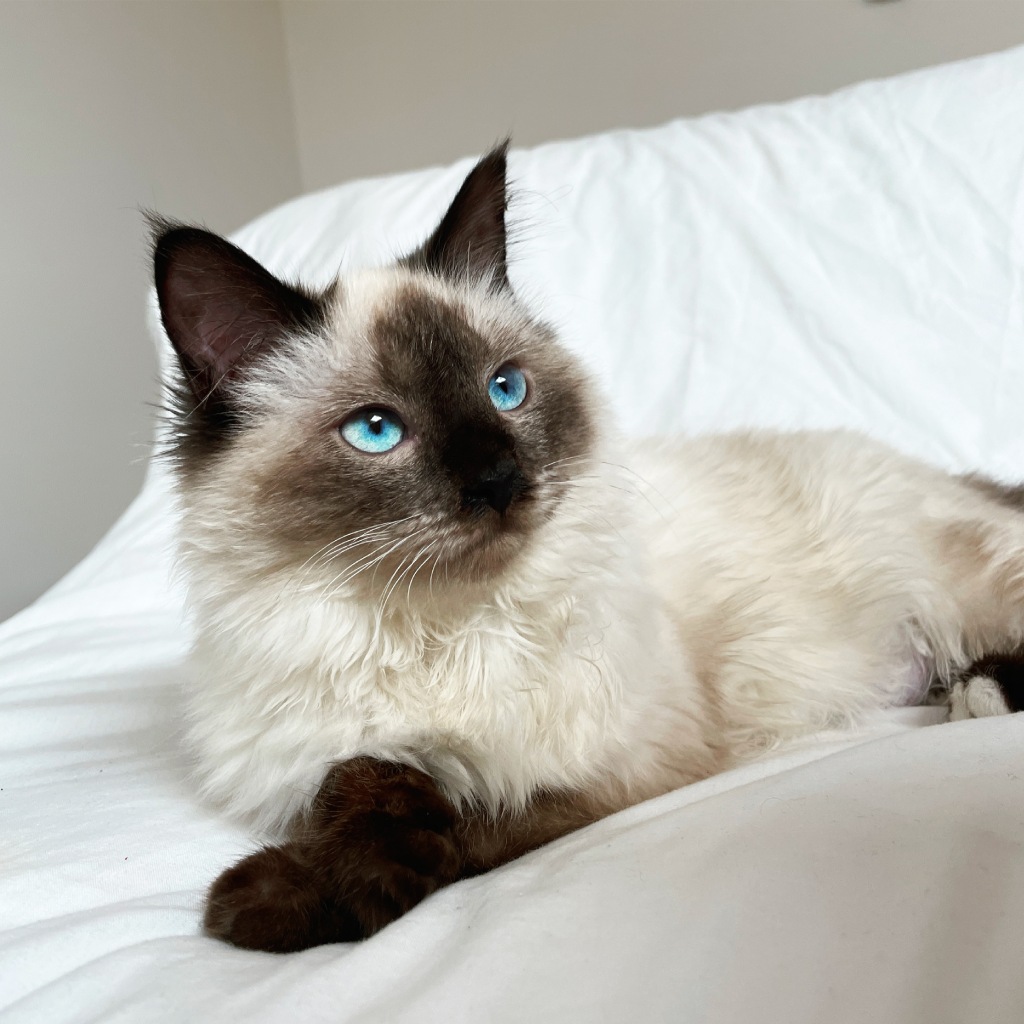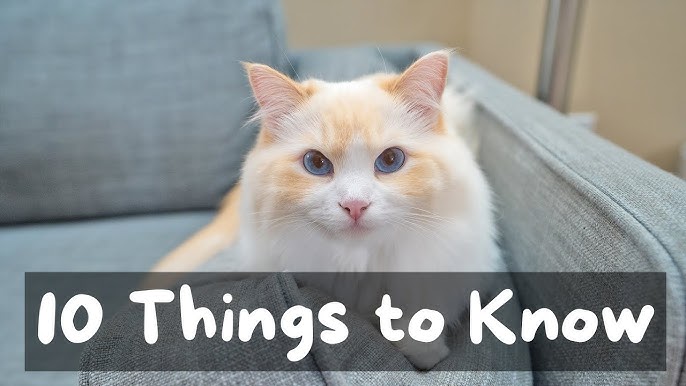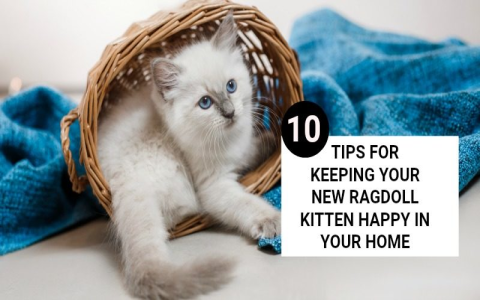So, you’re thinking about a bicolor ragdoll cat, huh? I’ve been down that road. Let me tell you, it’s a whole thing. I saw those pictures online, you know? The perfect white inverted ‘V’ on the face, those stunning blue eyes, the whole majestic fluffball look. That was the dream, man. I figured, how hard could it be?
Famous last words. First, I started my “research.” That basically meant falling down a rabbit hole of breeder websites, cat forums, and “official” breed standards. Turns out, “bicolor” isn’t just “some white on the face.” Oh no. There are rules. So many rules. The ‘V’ has to be symmetrical, ideally. Not too high, not too low. Then there’s the white on the legs, the body, the tail… it’s like they need a blueprint.

I spent weeks, seriously, weeks, trying to become an expert. I learned about “high mitted,” “mid-high white,” “van patterns” – stuff I never thought I’d care about. It was my own little self-imposed training course. I’d scrutinize pictures, thinking, “Is that V truly symmetrical? Is that a ‘true’ bicolor or just, you know, a cat with some white on it?” It got a bit obsessive, I’ll admit.
Then came the actual looking for a cat. Some breeders were great, super patient with my nerdy questions. Others… well, let’s just say some folks seemed more interested in the “perfect pattern” than the actual cat. I remember one conversation where the breeder went on for twenty minutes about the exact lineage and show potential based purely on markings. I just wanted a friendly furball!
Eventually, I found him. My little guy. His ‘V’ wasn’t 100% perfect according to the internet scholars, maybe a tiny bit lopsided if you really squinted. But he had these huge blue eyes and the personality of a well-loved teddy bear. So, I brought him home. The “practice” of living with a bicolor ragdoll began.
And let me tell you, the biggest “practice” was learning to vacuum. Constantly. That beautiful bicolor coat? It sheds. Like, a lot. It doesn’t matter how perfect the pattern is when your dark clothes look like you’ve wrestled a yeti. That’s a practical lesson they don’t highlight in the glossy photos.
Also, that “perfect V”? Sometimes it’s hidden under a chin ruff. Sometimes, after a vigorous grooming session (his, not mine), it looks a bit… askew. The Instagram-perfect cat you see? It’s either a very patient cat or there’s some serious fluff-arranging going on behind the scenes.
Over time, the obsession with the “perfect bicolor” faded. He wasn’t a walking breed standard to me anymore. He was just… my cat. My goofy, fluffy, follows-me-everywhere cat who happened to have a mostly white face. The pattern was what got me interested, sure. But it wasn’t what made him special, not really.
It’s funny, people still ask sometimes, “Oh, is he a proper bicolor?” And I just kind of shrug. He’s my proper cat, that’s for sure. My whole journey with the bicolor thing taught me that sometimes, you start out chasing an ideal, a perfect image. But what you end up with, the real thing, with all its little imperfections, is often way better. It’s just more… real. And honestly, who has time to measure the symmetry of a cat’s face when there’s cuddling to be done?






